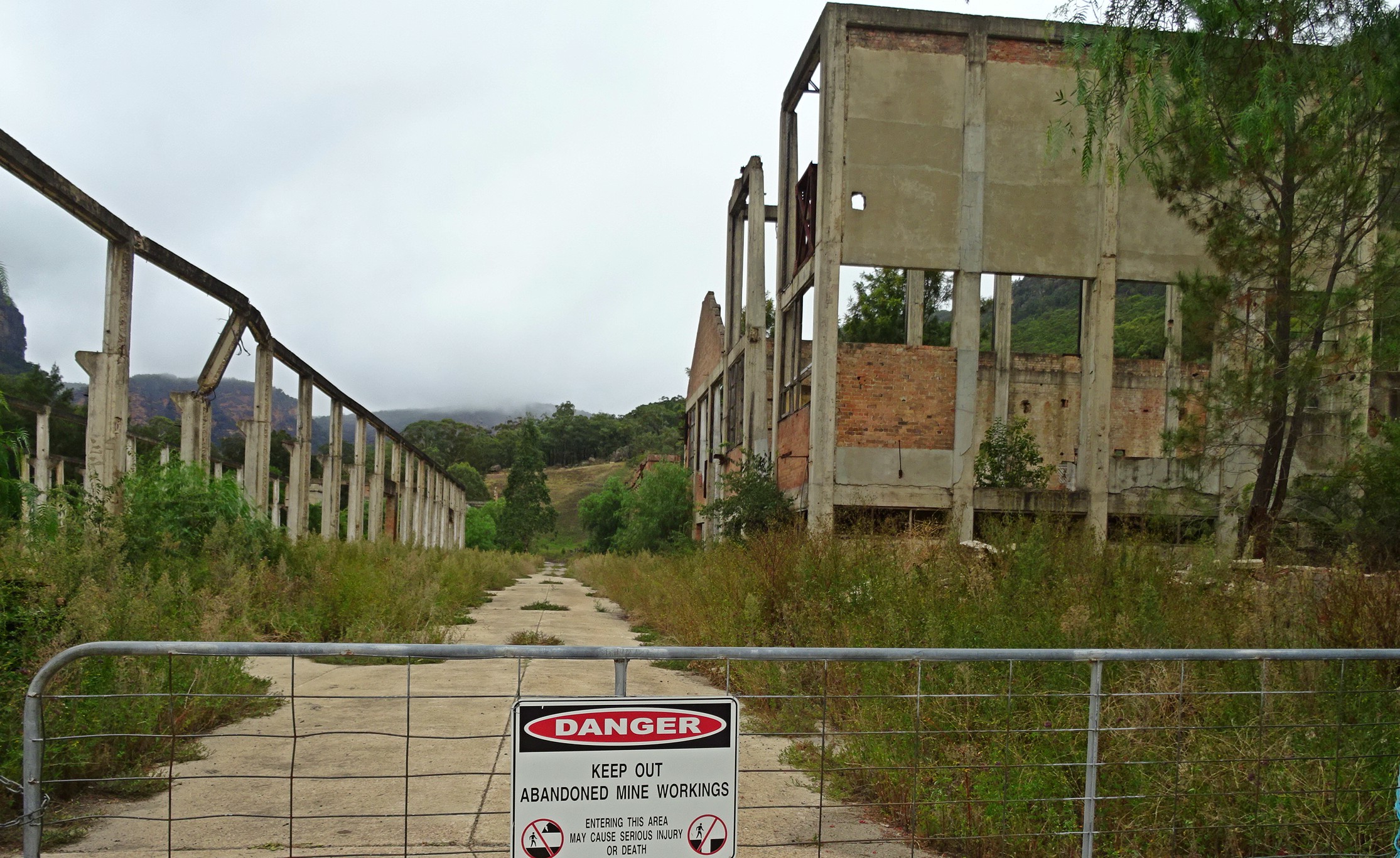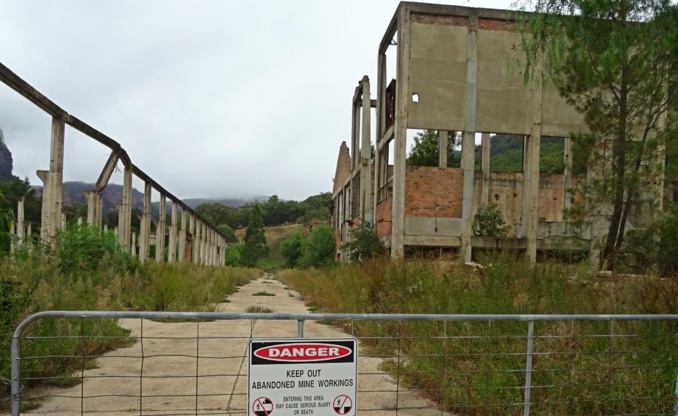Some analysts even began to say that shale mining in the US may not justify the high hopes placed on it.
The excitement in West Texas predictably led to numerous problems at all points of the value chain. Oil drillers are facing rising costs for labor, drilling rigs, maintenance services and land rent. Due to the low capacity of the pipeline, it is necessary to reduce oil prices.
A new study by Rystad Energy indicates such constraints as a lack of pumps and proppant (granular material for fracturing). When wells are drilled, companies install equipment connected to pressure pumps that inject water, proppant and chemicals underground to reach the source. However, the rapidly growing drilling activity led to a real shortage of pressure pumps on the market.
"This problem is expected to worsen in the Permian basin in the second quarter, before most of the new equipment will be delivered in the second half of the year," the Rystad Energy study emphasizes. "More than half of all US pumping capacities will be located in the Permian basin."
It is obvious that it’s high time for those who produce and sell this equipment. "At the moment we are a little behind, but we are quite happy with it," said a vice president of an unnamed pump manufacturer.
Rystad Energy forecasts that new pumping capacity of 2 million horsepower will be put into operation by the end of the year, which is almost 10% more than in 2017. This should help to eliminate the deficit.
The proppant market is at the maximum of its capabilities. But this too must be a temporary phenomenon. Rystad Energy expects that the production of proppant will increase by 52 million tons in 2018, and in the immediate vicinity of the drilling sites, which is extremely important, since up to now most proppant is transported to Texas from Wisconsin and Minnesota.
However, another problem arises here. A large number of trucks are needed to transport proppant, but the truck market is also running at the limit. It should also be borne in mind that constantly moving multi-ton trucks quickly wear out roads, which jeopardizes the rhythm of supplies.
"We can face the same situation as the Eagle Ford field many years ago: the roads were severely damaged, but no one wanted to close them for repairs," a senior E&P official told the researchers.
Another representative of the sector believes that "the problem is not only in the quality of roads, but also in their quantity." From his point of view, there is not enough roads at the current level of development in the Permian basin.
However, throughput of pipelines may be the bottleneck in this year. According to the Wall Street Journal and Goldman Sachs, oil production in the Permian basin in May will reach 3.18 million barrels per day, while the total capacity of the pipeline is 3.07 million barrels per day.
Pipelines are completely filled, so Midland oil has to be discounted. Additional volumes, most likely, will have to be transported by road, which will raise the final cost.
All these factors increase costs and, probably, will raise the breakeven bar even higher. According to the estimates of the WSJ, drillers of the Permian basin may face an increase in production costs by 15% this year.
As a result, a large part of the producers may have to artificially slow down production or even close the wells. The number of drilled but not commissioned wells in the Permian basin in March reached 3044 units, which is 14% more than at the beginning of the year.
But that is not all. Wells release natural gas, which creates additional problems for producers. There are restrictions on the volumes of gas burned, and, without a pipeline for gas transportation, producers may have to close the wells for this reason too.
All these problems can significantly slow down the development of the Perm basin. And since it is the largest source of supply growth for the whole world, any of its "slippage" will instantly affect the global market.
source: wsj.com
The excitement in West Texas predictably led to numerous problems at all points of the value chain. Oil drillers are facing rising costs for labor, drilling rigs, maintenance services and land rent. Due to the low capacity of the pipeline, it is necessary to reduce oil prices.
A new study by Rystad Energy indicates such constraints as a lack of pumps and proppant (granular material for fracturing). When wells are drilled, companies install equipment connected to pressure pumps that inject water, proppant and chemicals underground to reach the source. However, the rapidly growing drilling activity led to a real shortage of pressure pumps on the market.
"This problem is expected to worsen in the Permian basin in the second quarter, before most of the new equipment will be delivered in the second half of the year," the Rystad Energy study emphasizes. "More than half of all US pumping capacities will be located in the Permian basin."
It is obvious that it’s high time for those who produce and sell this equipment. "At the moment we are a little behind, but we are quite happy with it," said a vice president of an unnamed pump manufacturer.
Rystad Energy forecasts that new pumping capacity of 2 million horsepower will be put into operation by the end of the year, which is almost 10% more than in 2017. This should help to eliminate the deficit.
The proppant market is at the maximum of its capabilities. But this too must be a temporary phenomenon. Rystad Energy expects that the production of proppant will increase by 52 million tons in 2018, and in the immediate vicinity of the drilling sites, which is extremely important, since up to now most proppant is transported to Texas from Wisconsin and Minnesota.
However, another problem arises here. A large number of trucks are needed to transport proppant, but the truck market is also running at the limit. It should also be borne in mind that constantly moving multi-ton trucks quickly wear out roads, which jeopardizes the rhythm of supplies.
"We can face the same situation as the Eagle Ford field many years ago: the roads were severely damaged, but no one wanted to close them for repairs," a senior E&P official told the researchers.
Another representative of the sector believes that "the problem is not only in the quality of roads, but also in their quantity." From his point of view, there is not enough roads at the current level of development in the Permian basin.
However, throughput of pipelines may be the bottleneck in this year. According to the Wall Street Journal and Goldman Sachs, oil production in the Permian basin in May will reach 3.18 million barrels per day, while the total capacity of the pipeline is 3.07 million barrels per day.
Pipelines are completely filled, so Midland oil has to be discounted. Additional volumes, most likely, will have to be transported by road, which will raise the final cost.
All these factors increase costs and, probably, will raise the breakeven bar even higher. According to the estimates of the WSJ, drillers of the Permian basin may face an increase in production costs by 15% this year.
As a result, a large part of the producers may have to artificially slow down production or even close the wells. The number of drilled but not commissioned wells in the Permian basin in March reached 3044 units, which is 14% more than at the beginning of the year.
But that is not all. Wells release natural gas, which creates additional problems for producers. There are restrictions on the volumes of gas burned, and, without a pipeline for gas transportation, producers may have to close the wells for this reason too.
All these problems can significantly slow down the development of the Perm basin. And since it is the largest source of supply growth for the whole world, any of its "slippage" will instantly affect the global market.
source: wsj.com



















